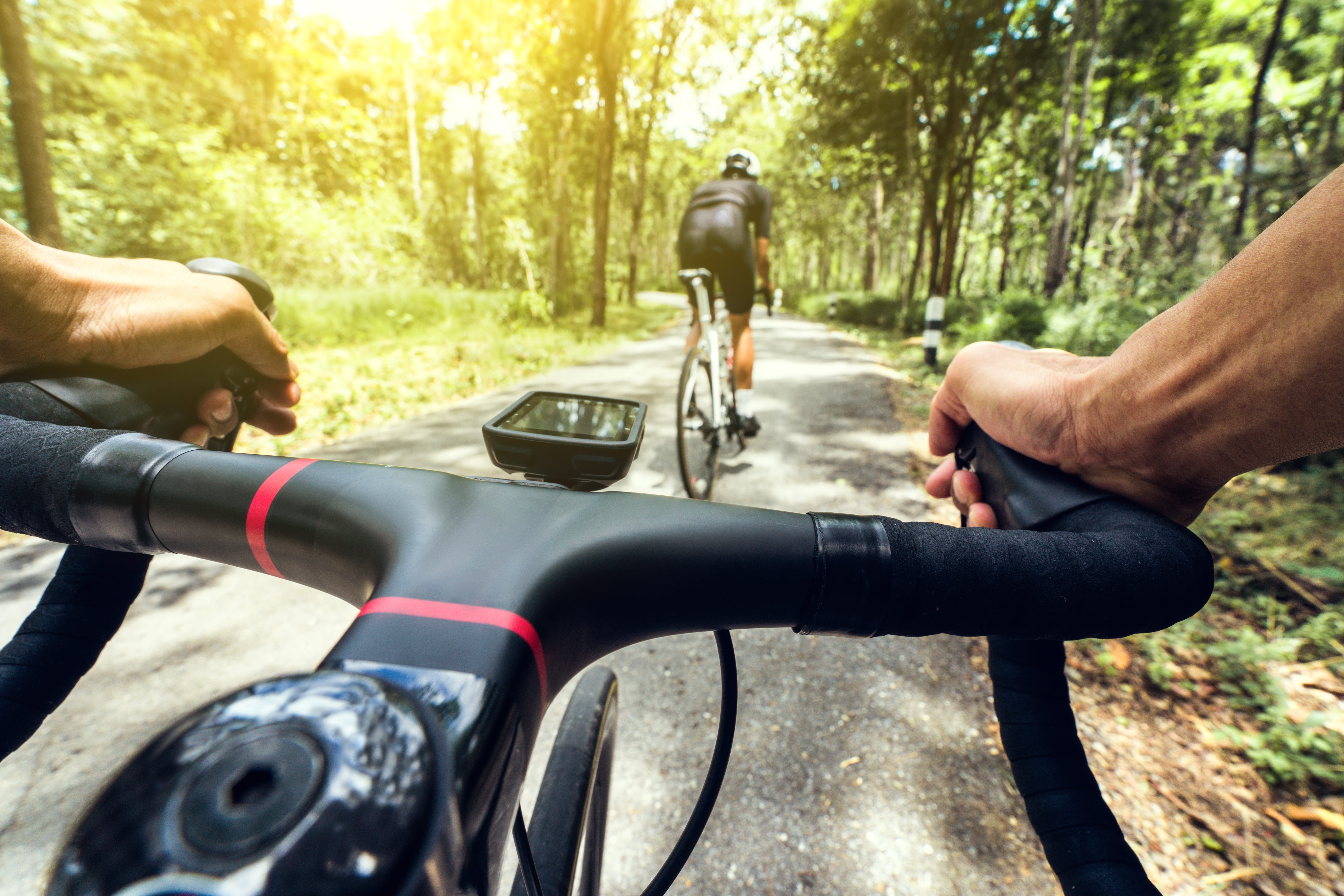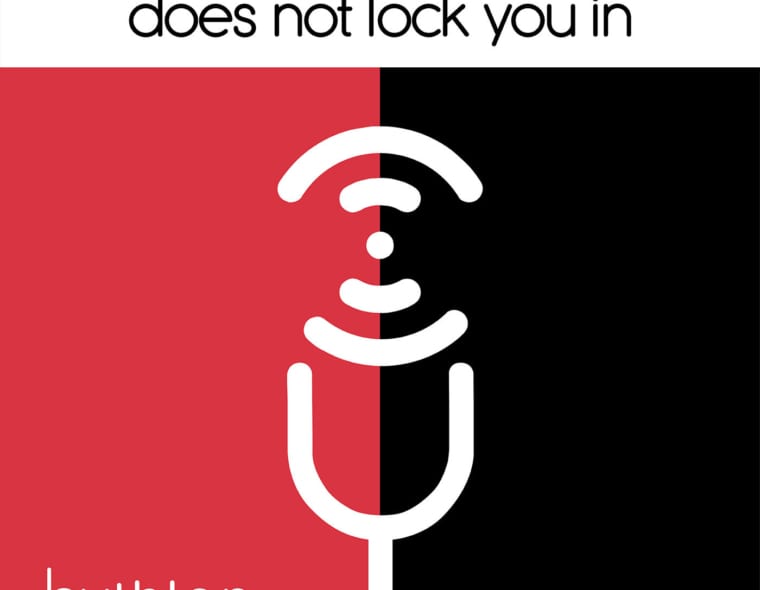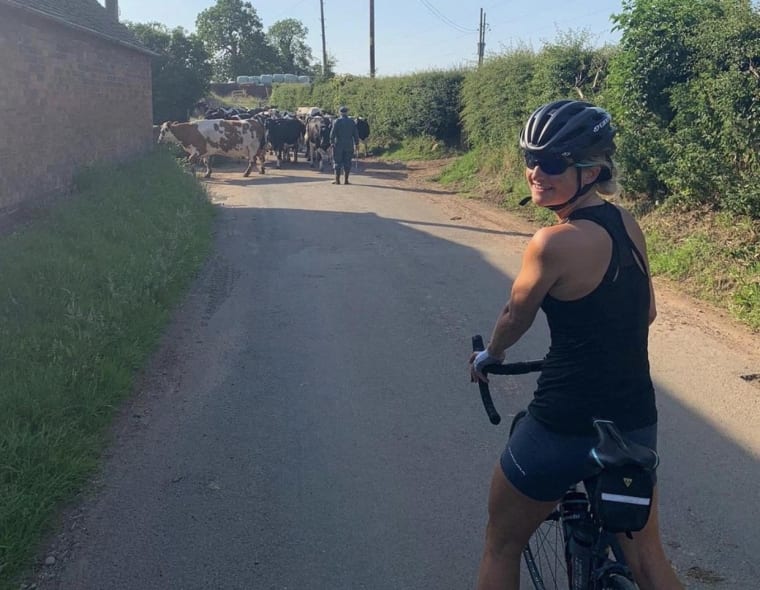You’ve been cranking up the miles and are gradually increasing your endurance – the time is approaching to realise your goal of a century ride. There is little more satisfying than watching the figures turn to triple digits as you achieve a hundred miles in one single bike ride. Many consider it the cycling equivalent of running a marathon.
Here are our five tips on preparing for your first epic century ride…
1.) Endurance in the saddle
If you’re a regular 20-30 mile cyclist then taking on the challenge of a century ride is going to be a shock to the system, and will test your fitness, stamina, mental strength and patience.
In preparation for the hundred goal ensure to increase your mileage and be comfortable with pushing your limits. If you usually cycle on flat ground then change your routes and areas – all hundred mile rides are going to have a mixture of terrains, some of which may be busy, fast roads – so ensure you’ve plenty of practise across various environments. Bear in mind a century ride can take approx 7 hours (using 15 mph as an average) in the saddle. Working yourself up to at least one ride of 5 hours will equip you with the practise you need and prepare you physically and mentally for event day.
2.) Fuel to function
Eat as usual the day before a big ride but ensure you remember to hydrate. Hydrating in the 24 hours prior to your ride will prevent you over-hydrating in the morning which can lead to unnecessary toilet stops and discomfort.
Chicken or fish with rice or pasta and veg will provide the perfect nutritional balance.
Before you embark on the ride prepare yourself a good breakfast of porridge or omelette which provides slow release energy. Coffee and cycling are renowned to sit hand in hand, however try not to overdo the coffee to stop hydration levels falling.
Stock up on gels or protein bars to give you the quick fix energy required to keep pace.
3.) Give your bike a health check
Ideally a service at your local bike shop is the best solution before you put it through its hundred mile paces. In the absence of this being available, be sure to check your brakes, quick releases, spokes, tyres, chainring bolts and pedals, gears and frame.
Consider your positioning and whether your current position is conducive to a longer ride. You may have a bottom-up, head-down position to increase speed, however for a century ride this is likely to put excessive strain on your hands and upper body.
If you’re unsure whether you’ve set the correct position with your bike, then any good bike shop will offer a bike fitting service.
4.) Plan your route
The thought of quiet country landscapes may be appealing, however take into account that you will undoubtedly want to stop to re-fuel and re-hydrate. This year has seen the closing of many cafes, shops and retailers that we may normally rely upon to stock up on food and water. Check ahead that such places are open for business before counting on them as much-needed rest breaks.
In contrast, if your ride takes you through many busy urban areas this will bring your average speed down and can be the difference between finishing well on time or finishing late in the day.
Using an app such as Strava or Komoot will be really helpful both to plan your route and whilst riding. Purchasing a Quadlock case that attaches to your bike can be a great solution to track your route throughout the day – just ensure you have plenty of charge in your phone!
5.) Rest
As with any fitness training, rest is fundamental to success. Include active recovery in your training schedule and opt for low impact rides.
In the lead up to the big day you could:-
- Decrease your daily mileage (reduce volume)
- Decrease the speed at which you ride (reduce intensity)
- Decrease your training days (reduce frequency)
If you don’t give yourself sufficient recovery time to rest and repair then you won’t progress and could be putting yourself at risk of injury or exhaustion.
As exhaustion sets in during your epic century ride, there’s more possibility of the odd accident occurring. If you worry about unclipping in time or need to gain confidence with your pedals, Bythlon pedals and cleats could be the perfect solution.
Bythlon use form-fitting technology (described by many as the “lego” of pedals) to mould your cleat to your pedal without mechanically attaching you to your bike. No twist action is required and you can simply step in and out of your pedals with zero fuss.
Compatible with any three screw road shoe, you’re still connected to your bike, providing you with the momentum required to tackle those climbs.
Shop here to start your Bythlon journey.



